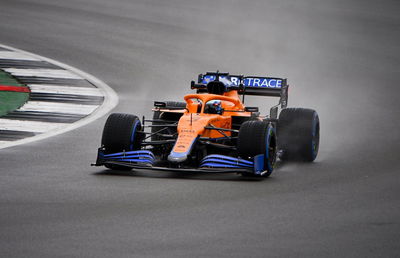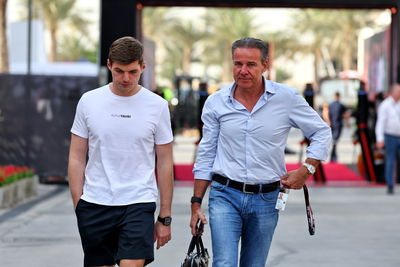How McLaren has revised its MCL35M to fit Mercedes’ F1 engine
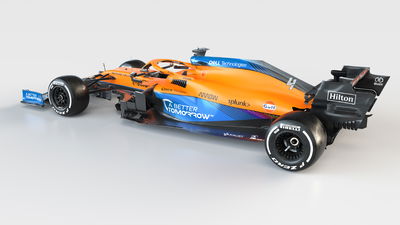
Being the only Formula 1 team to switch power units ahead of the new season presented McLaren with a unique challenge to integrate Mercedes’ engine into its new MCL35M car.
Teams are being forced to carry over their chassis from 2020 to 2021 as part of cost-saving measures implemented in the wake of the coronavirus pandemic, but McLaren’s change from being powered by Renault to Mercedes engines required it to make major and complex changes to its car design.
Such was the extensive revisions made to the chassis area, McLaren production director Piers Thynne recently described the team as having designed “essentially a new car” for 2021 despite the stability in F1’s technical regulations.
With car designs frozen, McLaren was forced to burn up its permitted car development tokens on switching power units to build an entirely new chassis concept to accommodate Mercedes’ M12 E Performance power unit.
As well as the chassis, McLaren’s upgraded MCL35M challenger also features significant changes to aspects of the gearbox, energy store, cooling layout, and electrical system.
Explaining the revisions made to successfully integrate Mercedes’ power unit into the 2021 car, McLaren technical director James Key said: “A lot of the components involved in the engine installation were frozen actually at the beginning of last season so that obviously put us in a bit of a spot but of course there were allowances for that.
“It meant we had to undertake what is a very different installation. Every installation is really quite different, there’s no one solution to how these power units are laid out, all the sizing of the various components can affect the car’s architecture.
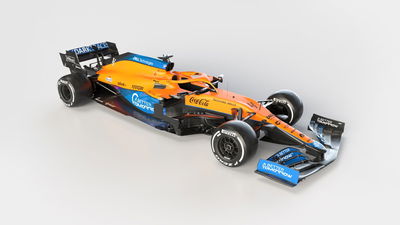
“So, what we needed to try and do was respect the homologation process by not changing things that didn’t need to change in line with installing the engine. But clearly, making the changes we needed to with homologated parts.
“So that allowed us to change the chassis, which of course has to change with a new engine and energy store, and aspects of the gearbox for packaging purposes but after that, it’s all identical to last year. The electrical system is completely different, of course, the cooling system - well that’s going to be largely homologated this year. The cooling systems are totally different as well.
“Fundamentally the architecture of the car is quite different but the homologated areas of the car which we needed to stick to areas unaffected as possible. Amongst all the other challenges of trying to get this done, it added an extra dimension which provably led to a slightly sub-optimal approach compared to what you do if you’re completely free but I don’t think it was that much of a compromise.”
With a Mercedes unit, McLaren is getting the most powerful F1 engine on the grid that has been a vital component of the Mercedes F1 team’s domination of the current V6 hybrid era, though its advantage over the rest of the field has dramatically shrunk in recent years as rival competitors catch up.
But as with any power unit installation, there are several pros and cons for each design.
While McLaren's effort to shoehorn this power unit into an environment of homologation for 2021 has subsequently resulted in some complexities, Key says that Mercedes’ “extremely tidy” installation has enabled McLaren to gain in other areas, such as being able to shrink wrap the rear-end of the MCL35M to make it more aerodynamically efficient.
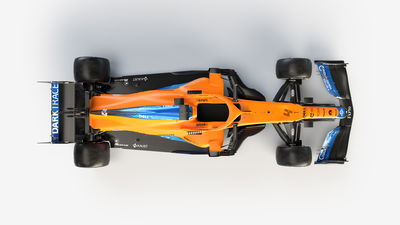
“The power is pretty similar across all manufacturers and track testing will show where we are compared to the others,” Key said. “We know Mercedes has always been very strong on that but now it’s much closer than it used to be in the past.
“I think on the installation side there are pros and cons with the different architectures we have. You typically have the front-mounted compressor versus the sort of compressor-turbo on the rear – that’s the most significant change in terms of layout.
“I think the Mercedes installation is certainly extremely tidy, you can see how much attention into the detail has gone into it, so straightforward to pack, in that respect and that has given us a few plus points.
“Equally there are other demands in a few areas, that we had to adjust, so I guess there’s no one right answer to that. I think the different architectures have pros and cons on different sides but I think what has become clear is that the Mercedes installation is very good to work on.
“We had to install this engine in the homologated environment and I think working with the Mercedes colleagues, with what they have supplied us, it has been relatively easy to try to shoehorn this engine into the homologated car.”
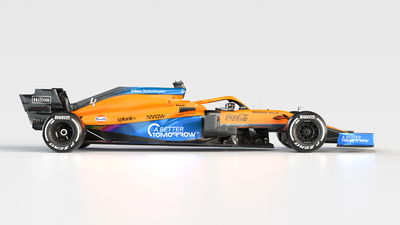
Last week Mercedes admitted to having encountered “some issues” with its 2021 engine design but said it had fixes planned in time for the opening race in Bahrain. However, Key stressed that McLaren did not face any problems when it first ran its new power unit on the dyno.
“To date, we have done some full-scale testing on a dyno and that’s been completely problem-free,” he explained. “But I would say Mercedes are definitely the best to answer that, to be honest. It’s not actually something I know so even if I wanted to I couldn’t, unfortunately.”
Key praised Mercedes’ support and communication throughout McLaren’s process of switching power unit suppliers, as well as the enthusiasm from both parties about rekindling a relationship that previously spanned two decades between 1995 and 2014.
“It has been a positive experience for both sides,” he said. “Clearly the team in the not-so-distant past is very familiar with Mercedes and the same in reverse.
“Certainly, they’ve been very keen to get back working with us and some familiar faces again.
“In terms of the relationship side of things and how it’s gone, it’s been very straightforward in terms of the communication flow and the support we’ve had from them, so very happy with that so far.”
McLaren will get its first proper chance to evaluate Mercedes’ engine installation and performance this week as Daniel Ricciardo and Lando Norris conduct a pair of shakedown tests at Silverstone, beginning on Tuesday.
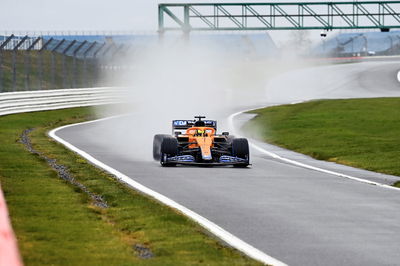
“Performance levels you can’t really read very easily,” Key added. “These engines are extremely close these days, to be honest. We’ve just had this freeze agreed and I think everyone’s comfortable with where they sit.
“When the power units started Mercedes definitely pioneered a lot of the technologies that we still see now. There were some big disparities over the years, they’ve come back quite a bit closer.
“So I think we’ll get a better feel when we’re on track as to where we actually sit because I guess others have made progress as well. But we’re pleased with what we’ve seen so far.
“We’ll do a little bit more in Bahrain. It’s a good place to go and look at your straight-line speed, your driveability, and so on, that track. So I think we’ll know more in a few weeks.”
